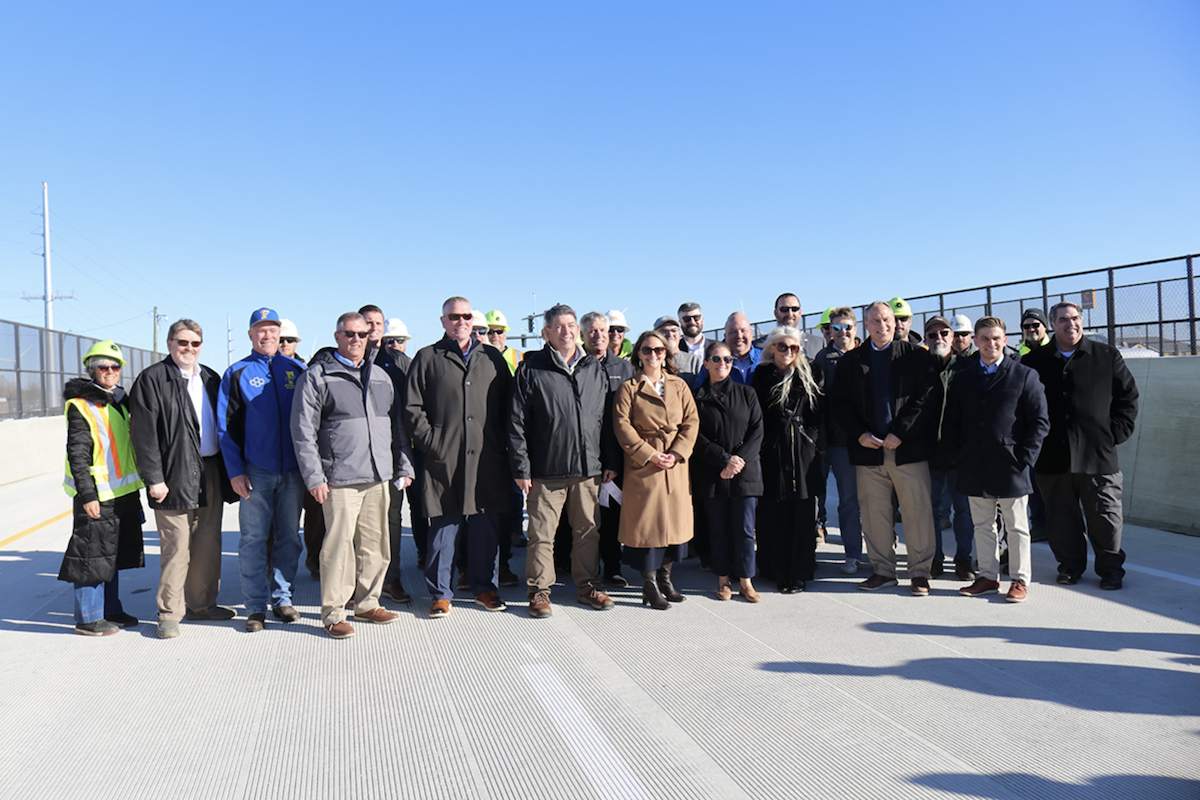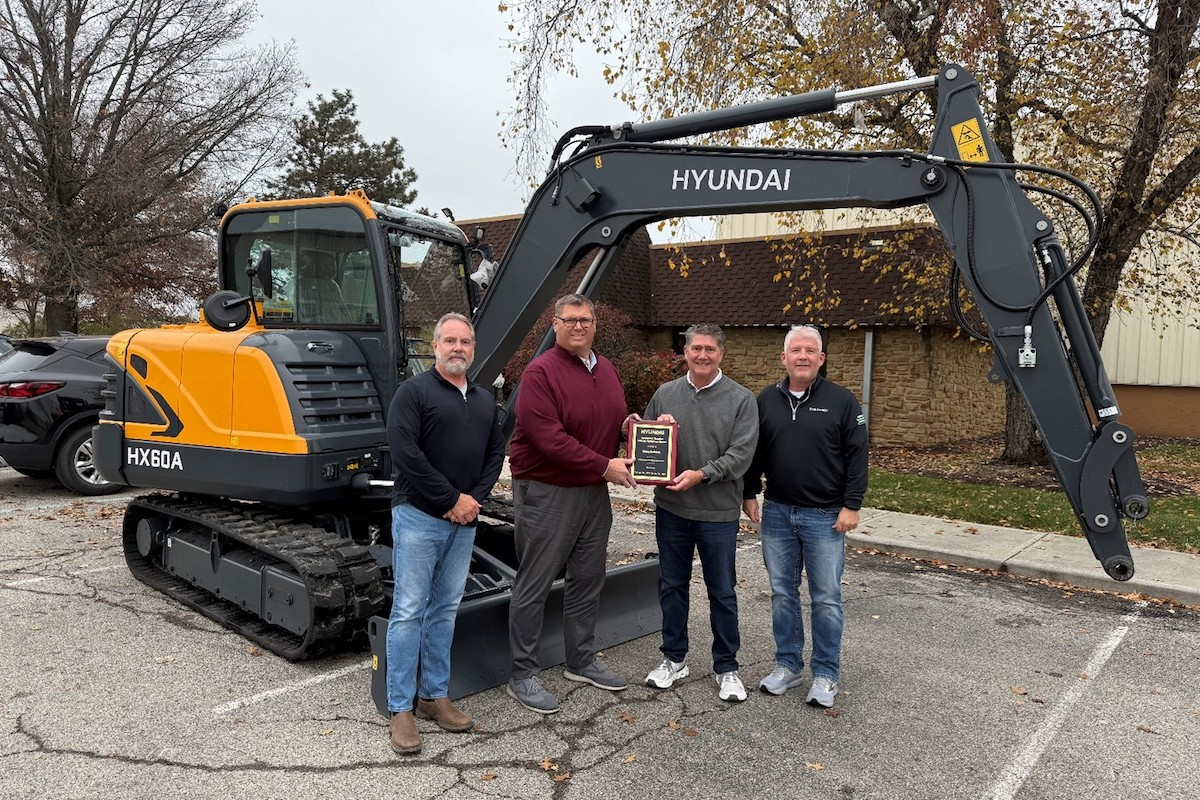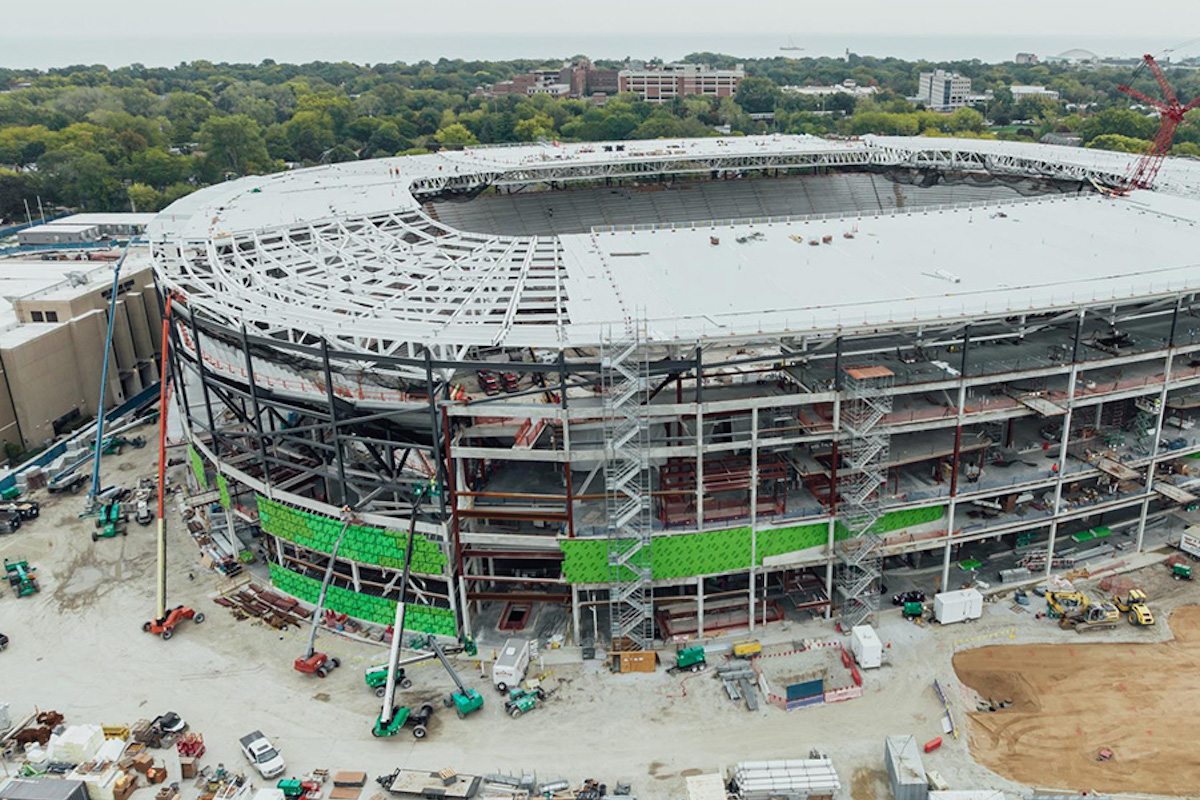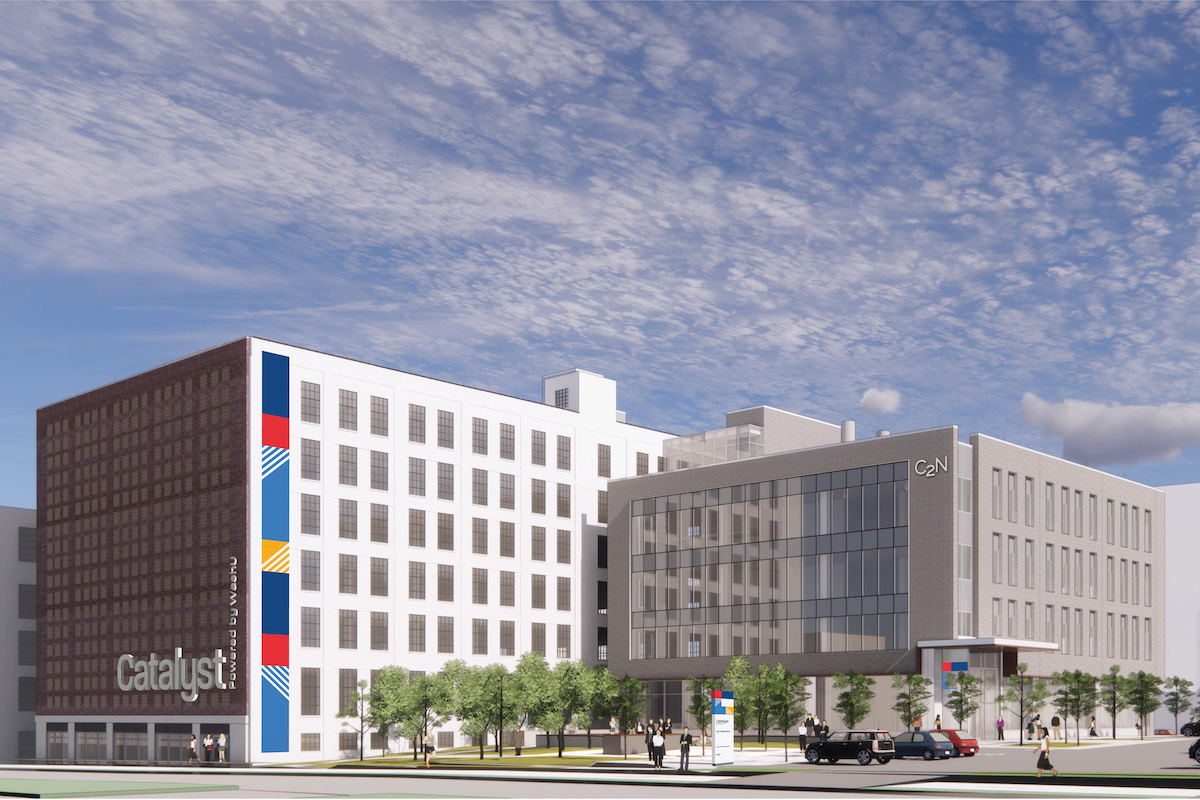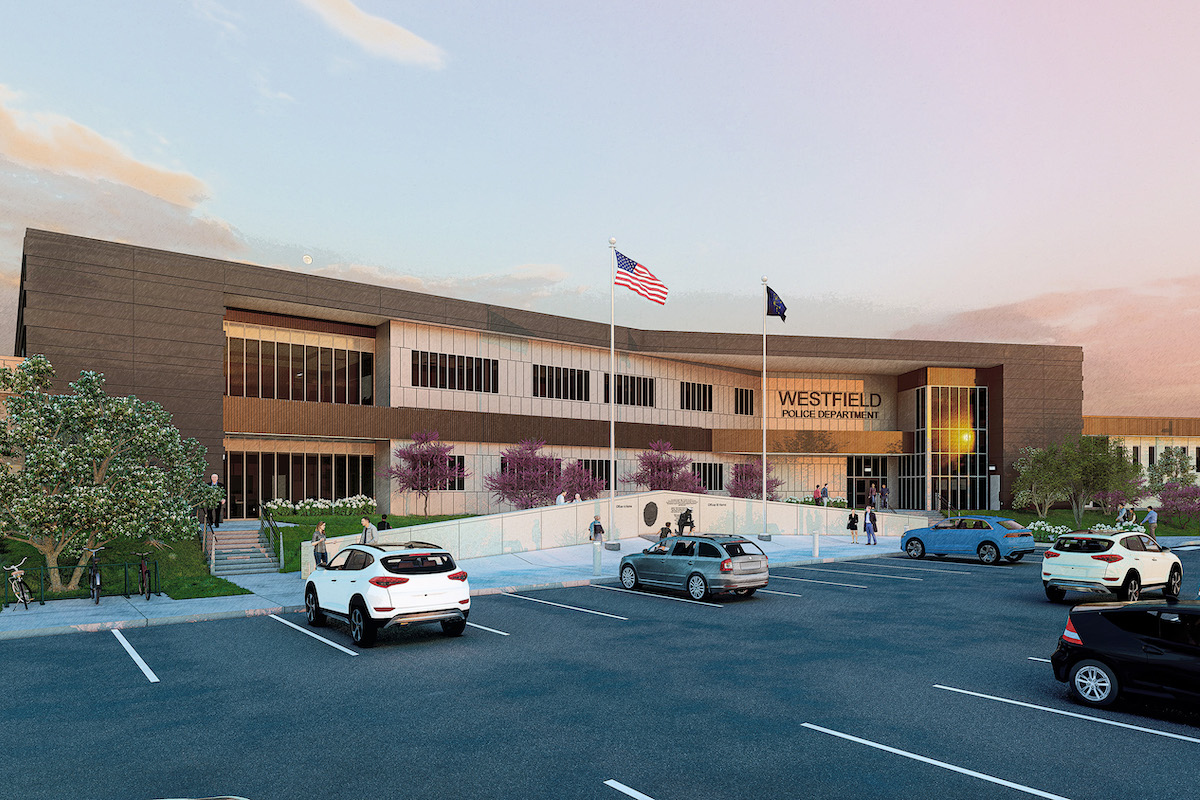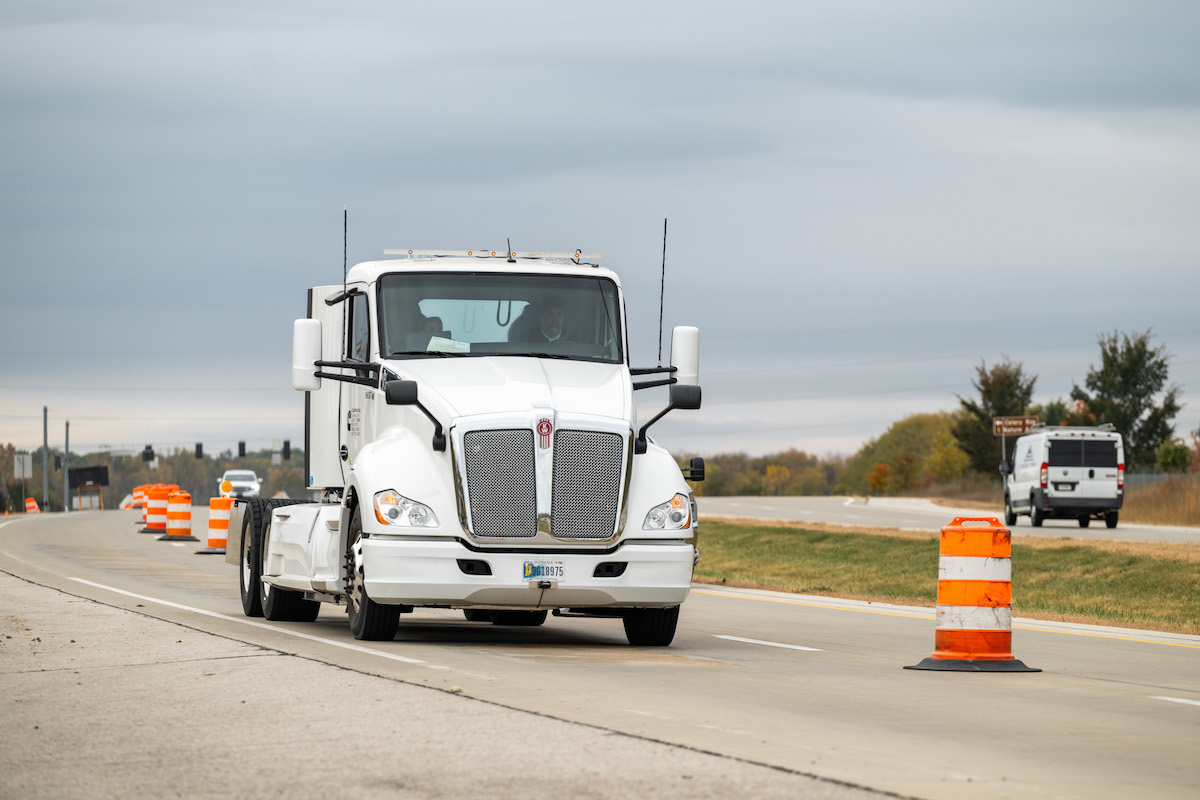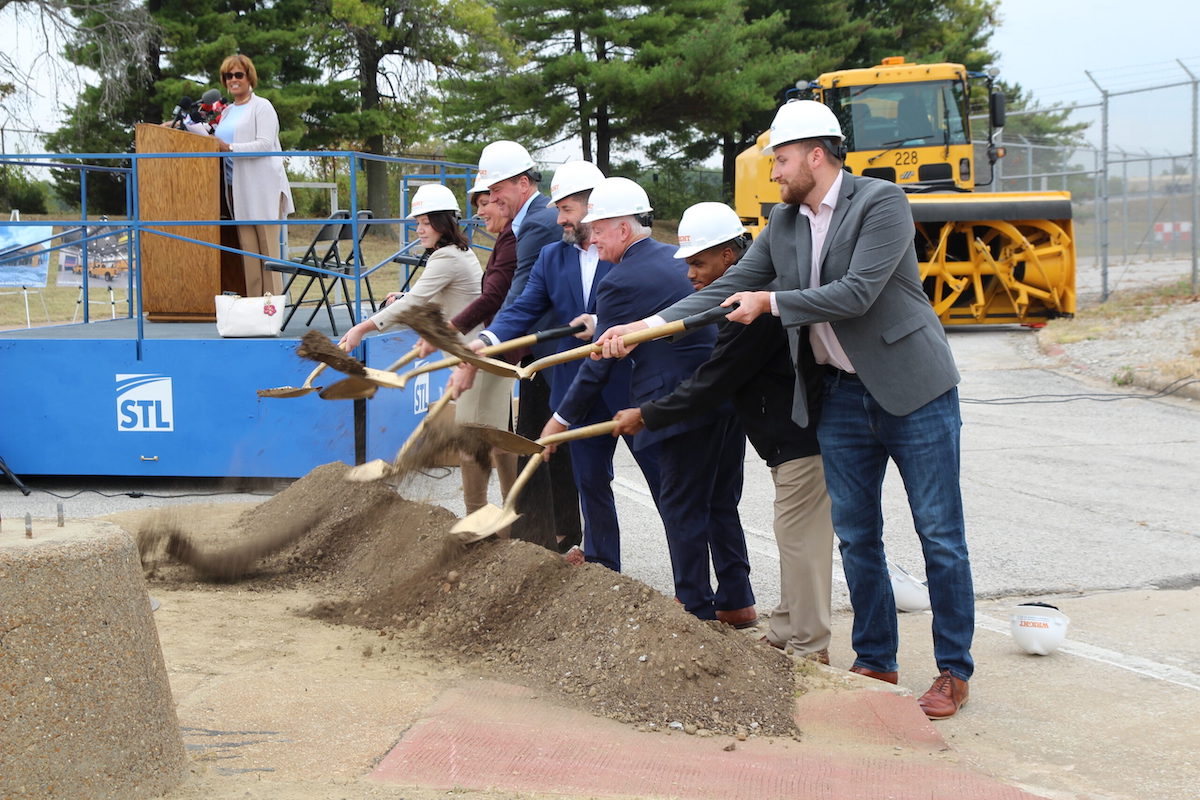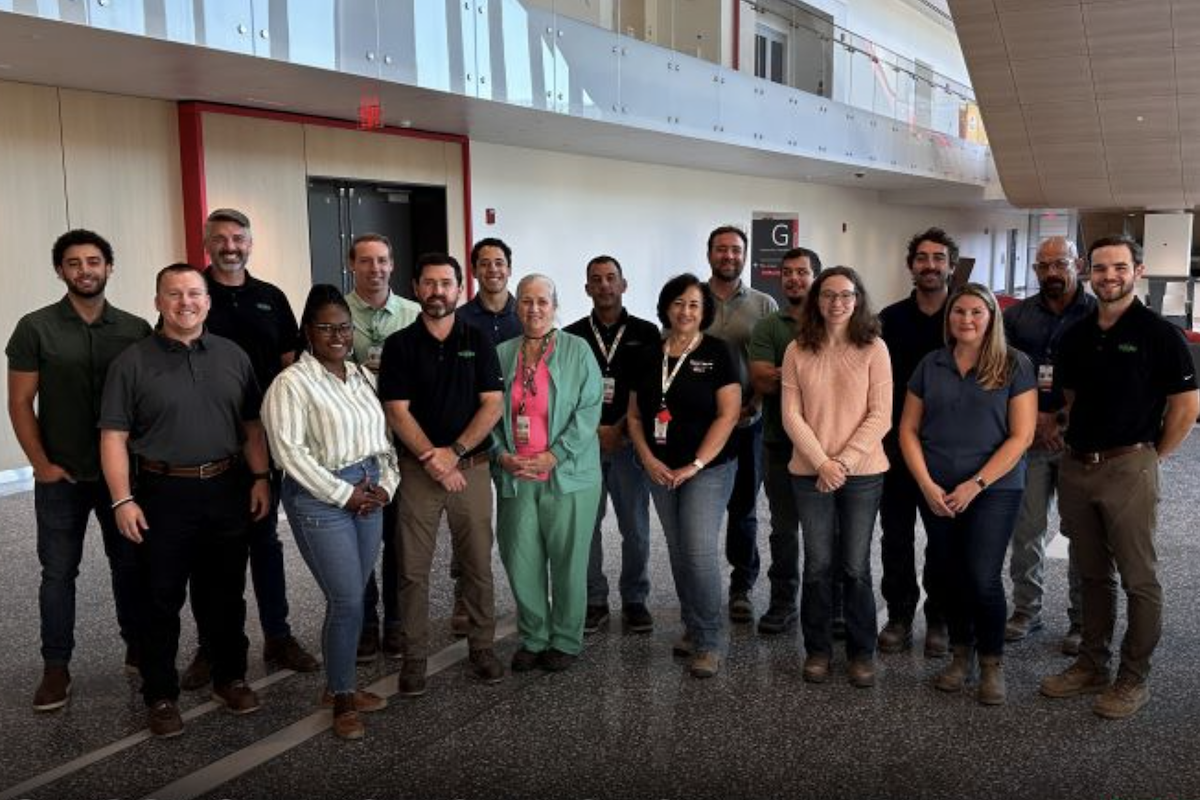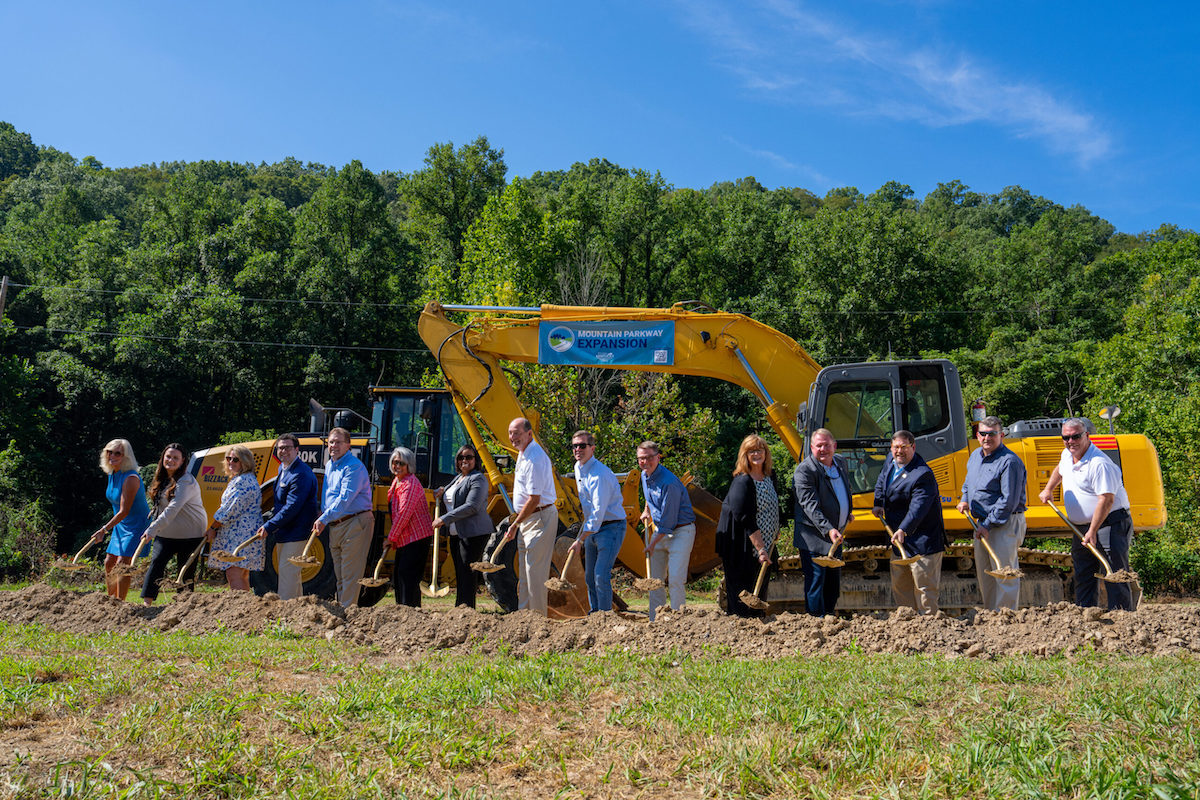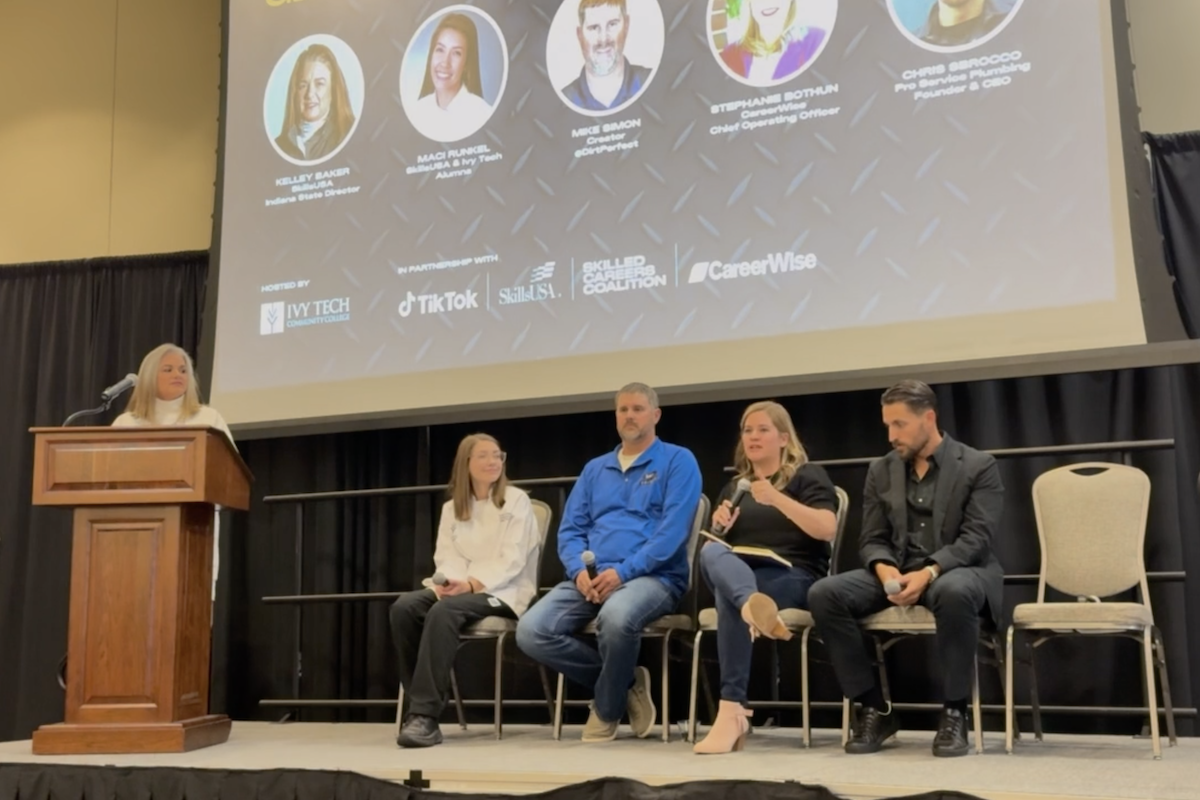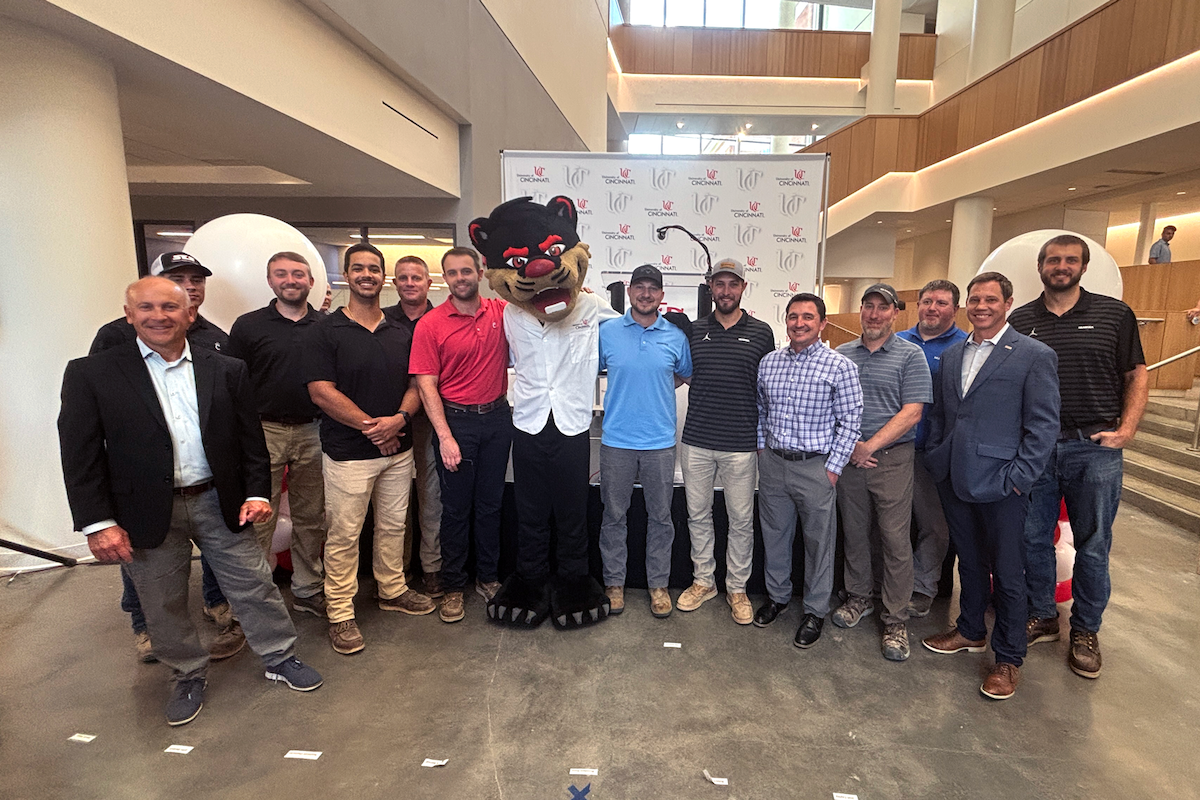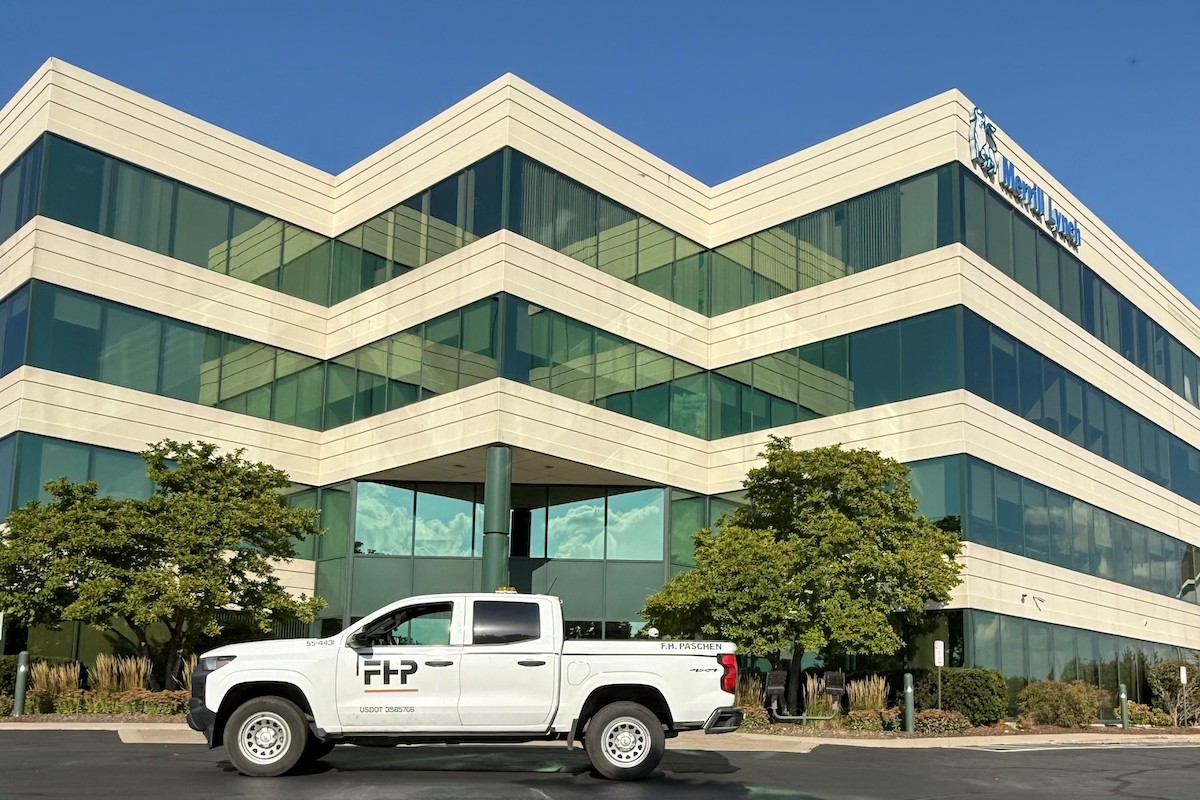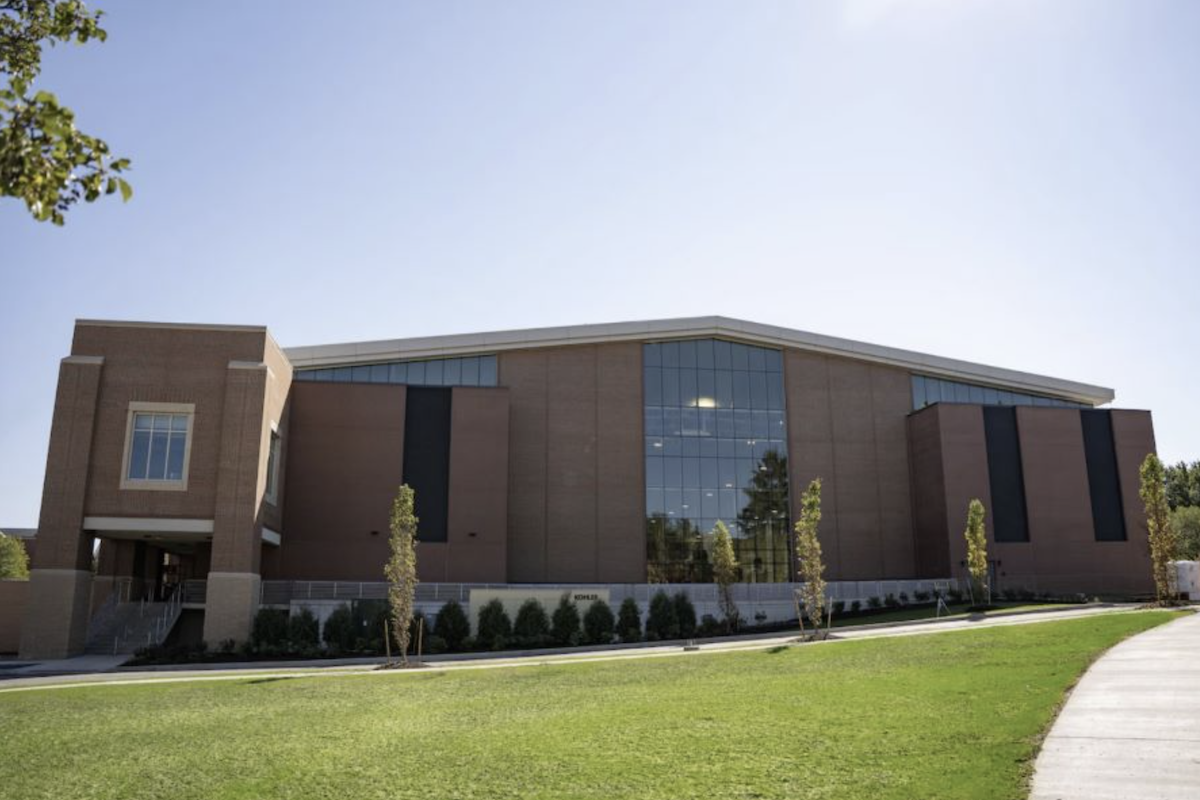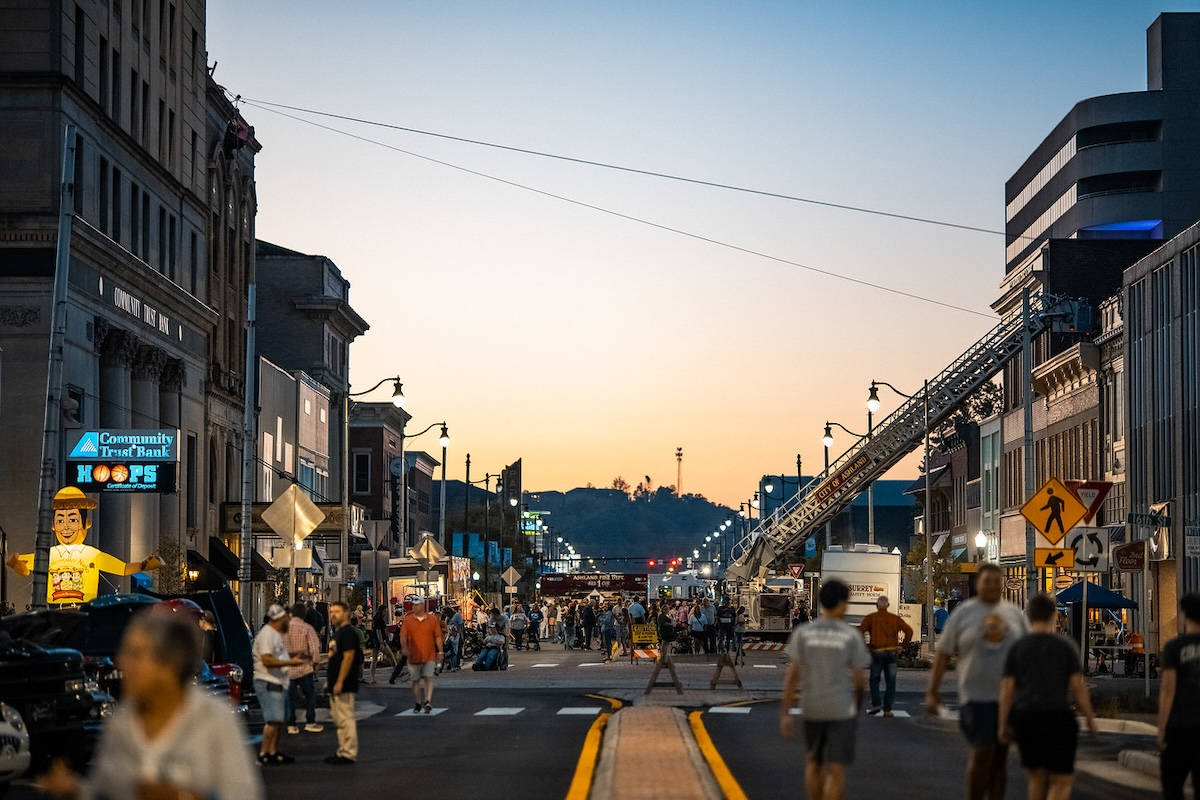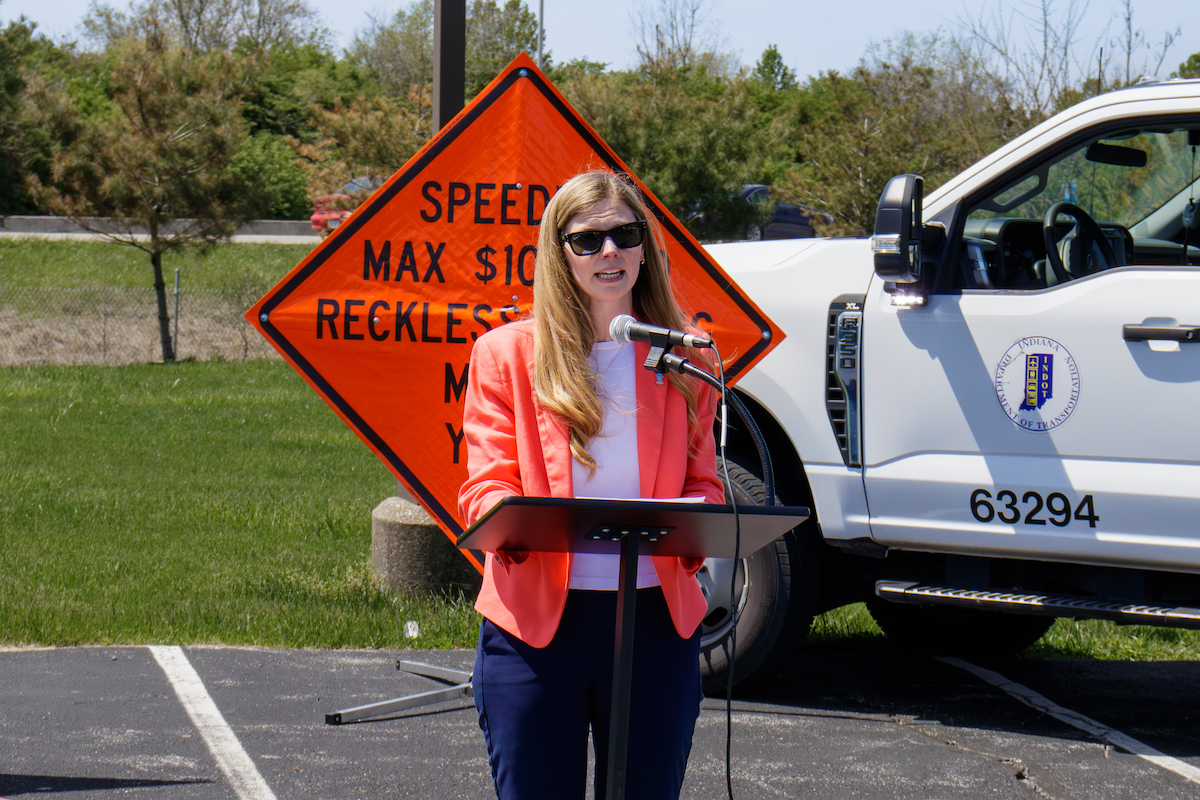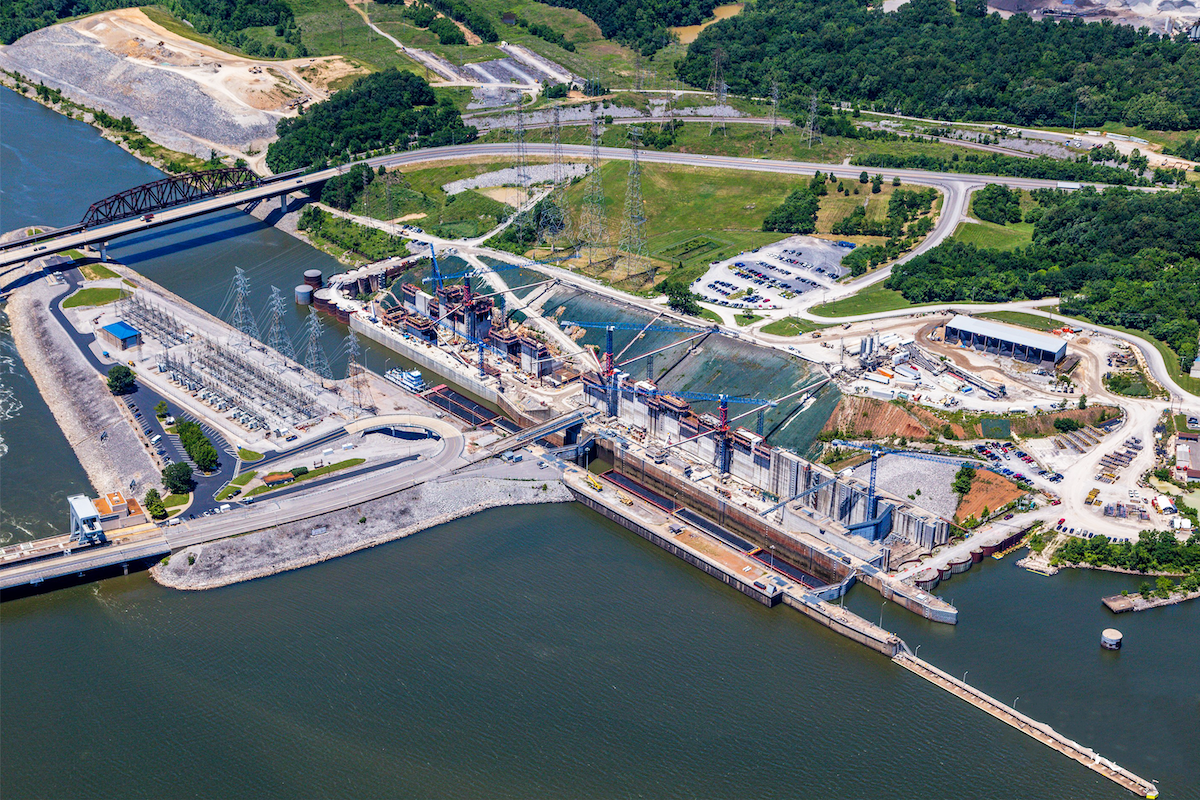Miami, Florida’s beaches, nightlife, and culture make it a popular tourist destination and one of the top 50 most populated cities in the United States. Soon, the image of the Miami skyline will be altered with the addition of the I-395 Signature Bridge. The bridge is part of a major construction project in downtown Miami, which the Archer Western-de Moya Group Joint Venture is leading.
The aim of the project, according to Oscar Gonzalez, a Senior Community Outreach Specialist for the Florida Department of Transportation (FDOT), is to improve safety, mobility, and traffic operations.
SR 836 (or the Dolphin East-West Expressway) turns into I-395 while simultaneously crossing over I-95. The thoroughfares converge at an interchange that has average daily traffic levels of over 450,000.
The I-395 Signature Bridge project impacts all three major highways and includes significant elements on each one. The project is taking place along an approximately 3-mile stretch, from the east to west.
A section (approximately 2 miles) of SR 836 on the far west of the project is being double decked. FDOT’s project website said that this will enable “drivers to bypass the I-95 Interchange and touch down at I-395 east of I-95. The double-decked section will have two lanes in each direction and will allow drivers continuing east to Watson Island, Port Miami, and Miami Beach to entirely bypass the Midtown interchange and its ramps."

| Your local Case Construction Equipment Inc dealer |
|---|
| Burris Equipment |
Project Executive Rami Nassar of Archer Western said that the double-decked section and the viaduct provided significant benefits, when compared to simply widening the route.
"The viaduct idea was one of the Alternative Technical Concepts that made us win the project,” he said. “It brings huge benefits to FDOT [and] GMX [the Greater Miami Expressway Agency] by eliminating the widening of Miami River bridge, which minimizes environmental impacts. It also minimizes impacts to local residents living along the river, where we end up staying away from their backyards. If FDOT/GMX had to widen to the outside, it would have required the purchase of more right of way and it would have had a greater impact on the community."
A second benefit of having two levels, according to Nassar, is that the viaduct will provide FDOT and GMX with the opportunity to replace the Miami River Bridge in the future with minimal disruption to SR-836 traffic. Furthermore, it salvages all the proposed RFP widening, which would be demolished along with the original bridge within 20 years of opening the bridge to traffic.
According to the FDOT website, the project will replace “the concrete pavement for both the northbound and southbound travel lanes [of I-95]. An auxiliary lane will be added along northbound I-95 from north of NW 17 Street to NW 29 Street to receive the additional traffic from the eastbound SR 836 ramp to northbound I-95 and enhance the flow of traffic through the Midtown Interchange.”

| Your local Wacker Neuson Corp dealer |
|---|
| Burris Equipment |
The eastbound SR 836 ramp to northbound I-95 is also being widened.
The following work is taking place on I-395:
- I-395 will go from two to three through lanes in each direction and will have separate connector ramps for traffic to and from I-95.
- The existing I-395 on- and off-ramps will be moved west to North Miami Avenue, resulting in improved traffic flow by allowing additional routes for traffic to travel north and south of I-395.
- Over 30 acres of community spaces will be created under the I-395 bridges, including a continuous trail from NW 3 Avenue to Biscayne Boulevard.
Finally, the Signature Bridge will span over 1,000 feet over NE 2 Avenue and Biscayne Boulevard. The Signature Bridge will include six arches, with the tallest soaring upward 330 feet. The bridge will light up the skyline as the team installs aesthetic lighting on the arches and the cabling system.

| Your local LeeBoy dealer |
|---|
| Brandeis Machinery |
The new bridges will be constructed at a higher elevation, and the number of support columns will be reduced from about 800 to under 100, allowing the team to open 33 acres of community spaces under the interstate.
Upon completion of the project, the team will have reconstructed pavement, retrofitted four bridges, reconstructed and widened 4.5 miles of highway, added the double-decked section of road, and constructed the Signature Bridge.
When the project area’s traffic count is nearly half a million daily, handling Maintenance of Traffic (MOT) can be difficult. Nassar considers it to be the primary challenge for the I-395 Signature Bridge project.
“We think about [traffic] daily and have a specialized team dedicated to MOT, which meets weekly and tweaks the plan daily and every night in close coordination with the client," he said.

| Your local Deere & Co dealer |
|---|
| West Side Tractor Sales Co |
The construction team is required to maintain the same level of traffic fluidity (equal or better). Therefore, they do much of the critical work and heavy hauling at night to keep the traffic flowing. In addition, there is daily coordination with other stakeholders, which include political leaders, professional basketball and baseball teams, the operators of the opera house and local museums, and more.
"We always have to make sure we keep the stakeholders informed daily of what is going on and meet/maintain the commitments we promised at bid time," Nassar said.
In addition to working in the busy corridor, the team needs to receive materials and equipment. Most of the heavy material and equipment deliveries occur at night or during off-peak hours. For example, the viaduct precast segments require two lanes of traffic to transport with the help of the local off-duty officers in order to block lanes and roads on their way to the viaduct area, according to Nassar.
Meeting the time constraints has been particularly challenging when building the viaduct. "The limited time we have at night means we must stop work, clean up, and ensure the route is open to traffic by a certain hour each morning," Nassar said.

| Your local Wirtgen America dealer |
|---|
| Brandeis Machinery |
Another challenge the team faced was how to erect the beams along the viaduct. Specifically designed for this project, a 488-foot gantry (which sits on the viaduct) is being used to erect beams and pier caps. The Archer Western-de Moya team hired specialized companies to create the beam launcher.
"It took several brainstorming sessions with fabricators/designers, where we showed them what we did in past projects together with our needs and constraints,” Nassar said. “Over the course of several meetings, we adjusted the design and came up with the gantry, which could set beams and erect pier caps from the top down because cranes could not be used above the existing bridge.”
The precast segment erection over the Florida East Coast Railway (FEC) on the I-395 section of the project was another obstacle.
"We used a segment lifter which could lift the segment from underneath, walk it to the proper location over the FEC, position it, and then set it in place without impacts to the FEC hours of operation,” Nassar said.

| Your local Komatsu America Corp dealer |
|---|
| Brandeis Machinery |
Finally, the team uses computerized molds to cast the 345 arch segments for the Signature Bridge, each weighing approximately 90 tons for the six arches and using two Manitowoc MLC650 Cranes for erection.
A joint venture between Archer Western and the de Moya Group is completing the design-build project. Both have constructed many projects for the Florida Department of Transportation.
"Their selection," Gonzalez said, "was based on a combination of price, schedule, and the technical and aesthetic merits of their technical proposal."
Nassar said that de Moya is a local company, one of the largest design-build contractors in Florida, and knows the market well.

| Your local Takeuchi Mfg Ltd dealer |
|---|
| Brandeis Machinery |
"Archer Western is a member of the Walsh Group, is the top bridge builder in the U.S., and a leader in Florida design-build projects,” he said. "FDOT and GMX are important clients for us."
The original price estimate for the project was $802 million, but it has risen to $840 million due to increased project costs and changes in scope, including the design of the 33 acres of community space in coordination with the City of Miami. Just over three-quarters of the funding is from the state/federal government, and GMX is paying the remainder.
Construction began on the project in early 2019 and is expected to be completed in late 2027. It is slightly behind schedule due to supply chain issues and MOT challenges.
Upon completion, the project will improve traffic flow and safety for travelers. Locals can enjoy the 33 acres of community space in the downtown urban core. Finally, the Miami Skyline will have another element that stands out against the backdrop of high-rises, distinctive buildings, and Biscayne Bay.

| Your local Atlas Copco CMT USA dealer |
|---|
| Brandeis Machinery |
- Owners: Florida Department of Transportation, GMX
- General Contractor: Joint venture of Archer Western (The Walsh Group), Chicago, Illinois; and de Moya Group, Miami, Florida
- Key Project Designers: Hardesty & Hanover, New York, New York; Andurra, Miami, Florida; HDR, Omaha, Nebraska; Corven Engineering, Tallahassee, Florida; RSH, Jacksonville, Florida
- Other Key Contractors: Keller North America, Hanover, Maryland; Rizzani De Eccher, Bay Harbor Islands, Florida





















